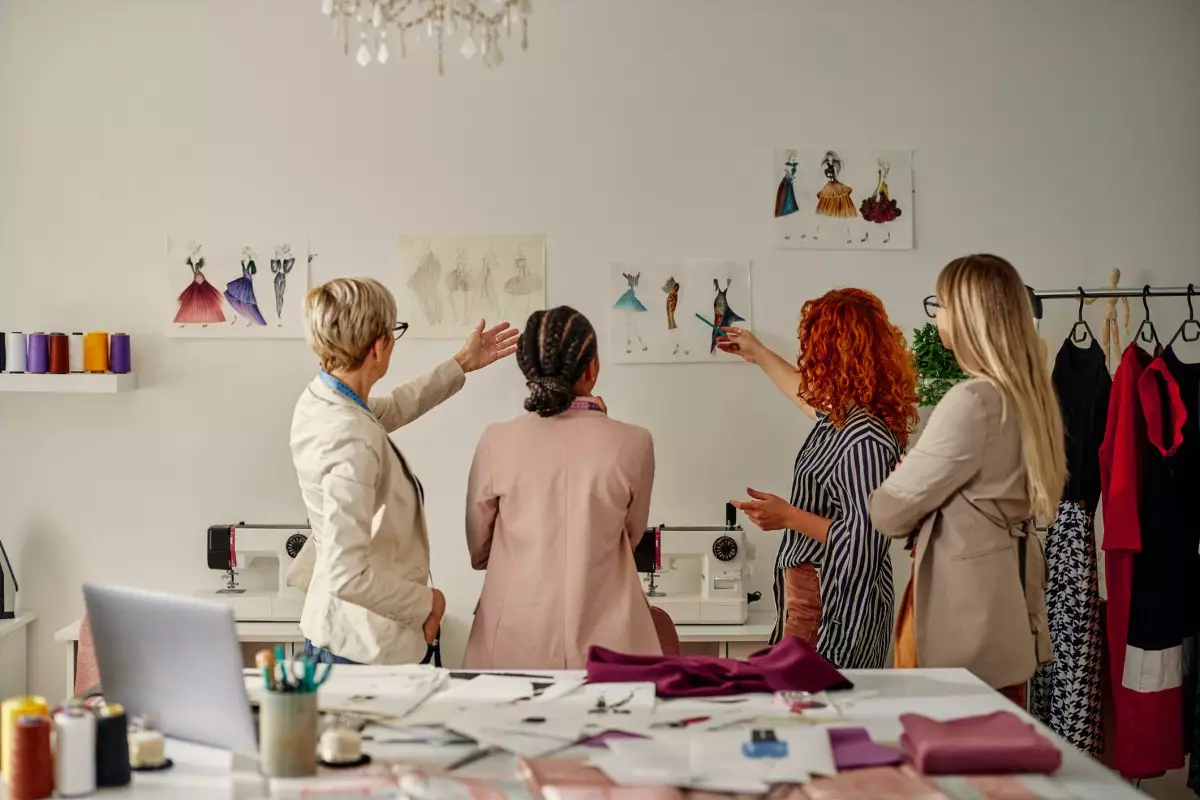The fashion industry is undergoing a profound transformation spurred by technological advancements, particularly the rise of generative artificial intelligence (AI). As retailers churn out new designs at an astonishing pace, the demand for innovative solutions that can keep up with fast fashion’s relentless speed becomes more pronounced. Brands like Shein, H&M, and Zara have set the standard, continuously refreshing their collections to entice consumers. In this high-stakes environment, companies that can leverage technology effectively will not only survive but thrive.
Gone are the days when fashion designers labored for weeks to create and visualize their ideas through traditional means like physical samples or outdated computer-aided design (CAD) systems. The old approach was not only time-consuming but also restricted designers’ abilities to experiment extensively. The advent of generative AI provides a solution, enabling designers to visualize their concepts in real time. This capability is paving the way for unprecedented design efficiency and creativity.
With the introduction of text-to-image platforms that utilize AI, designers can generate images of their concepts instantaneously. One notable player in this burgeoning space is Raspberry AI, founded by Cheryl Liu. Recognizing a significant market opportunity after AI image models like DALL-E and Stability AI’s stable diffusion emerged in late 2022, Liu has positioned Raspberry at the forefront of fashion technology. This startup aims to revolutionize how designers translate their ideas into tangible visuals, thus accelerating the product development cycle.
Raspberry AI: A Game Changer for Fashion Design
Raspberry AI’s platform simplifies the design process by allowing even novice designers to transform sketches into photorealistic images efficiently. Cheryl Liu emphasizes that the technology empowers brands to explore a variety of iterations without the logistical complications of old-school methods. For example, Liu highlights how designers can visualize a “fuzzy sweater” in various materials, colors, and patterns—all without the need for extensive sampling. The ability to produce numerous iterations from a single design is a game changer, as it significantly reduces costs and enhances creativity.
Today, Raspberry boasts a growing portfolio of 70 clients, including renowned brands like Under Armour, Groupo Teddy, and MCM Worldwide. This impressive clientele illustrates that major players are beginning to recognize the value of integrating generative AI into their design processes. The success of Raspberry AI is underscored by its recent $24 million Series A funding round, showcasing investor confidence in the startup’s potential for growth in a rapidly evolving market.
Competitive Landscape and Unique Value Proposition
Despite stiff competition from other AI image generators such as Midjourney and Adobe Firefly, Raspberry AI distinguishes itself with its focus on fashion-specific terminology. While general-purpose AI may struggle to interpret design jargon effectively, Raspberry has tailored its technology to cater specifically to the nuances of the fashion industry. This specialized understanding is crucial, as it allows designers to communicate more effectively with the AI, yielding better results that align with their visions.
Liu’s approach combines not only the technical prowess of AI but also an in-depth understanding of the fashion landscape. This dual-focus enables Raspberry to meet the specialized needs of professional designers, setting it apart from competitors that might not fully grasp industry-specific lingo or contexts.
As Raspberry AI continues to flourish, the company has its sights set on further diversification. With plans to expand into home, furniture, and cosmetics design, the implications of generative AI extend far beyond clothing. As the industry embraces technology, the potential for integrating these advancements into various sectors of design appears limitless.
The integration of generative AI into fashion design is reshaping the industry in profound ways. Companies like Raspberry AI are not just keeping pace with the fast fashion paradigm; they are redefining it. By harnessing technology to streamline design processes, brands can explore more options, reduce time-to-market, and ultimately deliver better products to consumers. The future of fashion lies in embracing these innovations, setting the stage for a new era of creativity and efficiency.

